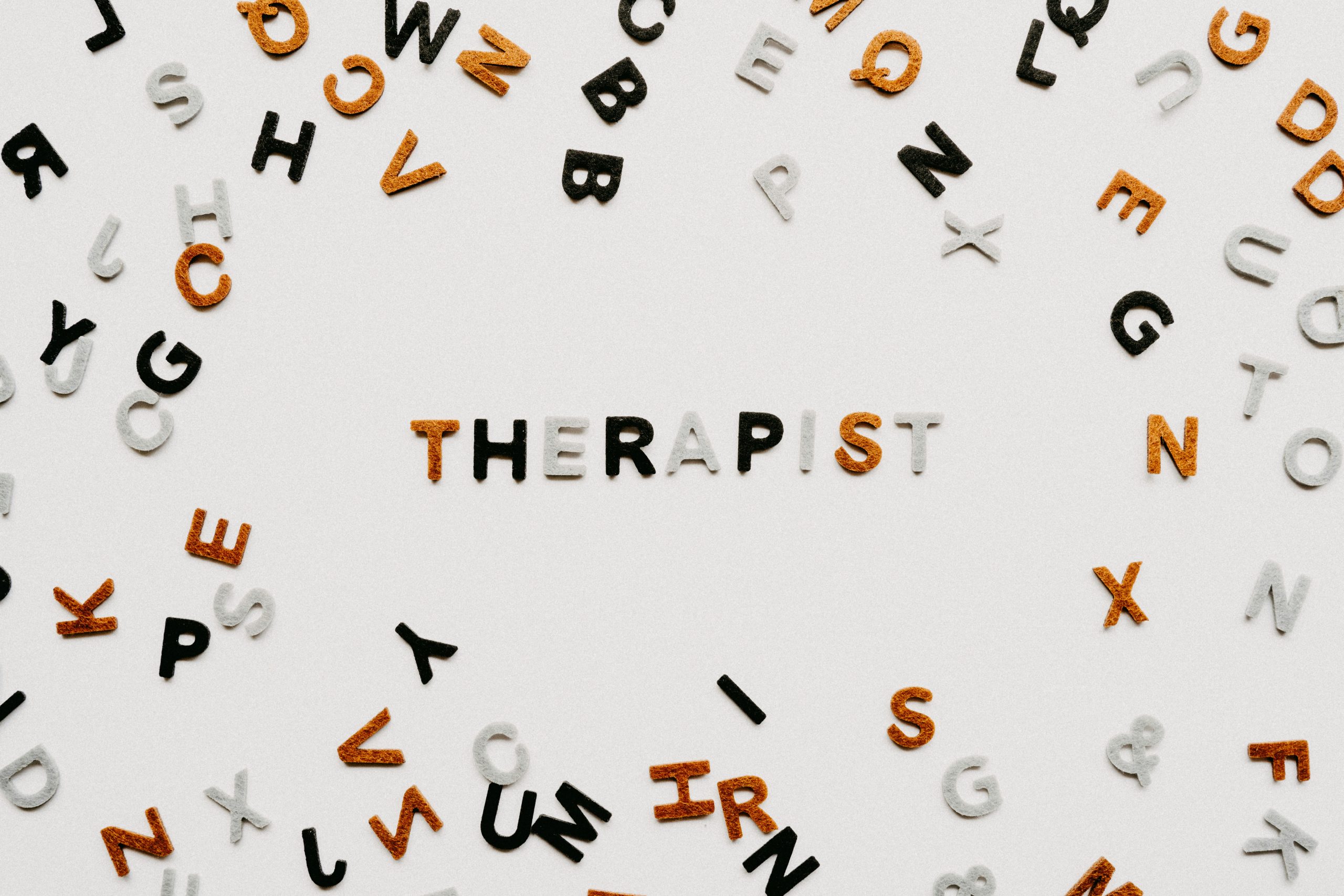

When it comes to early autism treatment options, there are a dizzying variety of therapies and approaches. Some autism therapies focus on reducing problematic behaviours and building communication and social skills, while others deal with sensory integration problems, motor skills, emotional issues, and food sensitivities.
With so many choices, it is extremely important to do your research, talk to autism treatment experts, and ask questions. But keep in mind that you don’t have to choose just one type of therapy. The goal of autism treatment should be to treat your child’s unique array of symptoms and needs. This often requires a combined treatment approach that incorporates several different types of therapy.
Common autism treatments include behaviour therapy, speech-language therapy, play-based therapy, physical therapy, occupational therapy, and nutritional therapy. But keep in mind that the routine is important, and the program should be designed in a way that can be sustained. You should think about what skills and behaviours are most essential and treat those first. It may not be possible to tackle everything at once.
Behaviour therapy
Behaviour therapy is a commonly used ASC treatment that aims to encourage desired behaviours and reduce unwanted behaviours. Most behaviour therapies follow techniques set out by applied behaviour analysis (ABA). ABA aims to help a child with ASC understand the connection between behaviours and consequences
In ABA-based therapy, attempts at desired behaviour are positively reinforced. For example, a therapist might offer praise when a child tries to politely ask for help. Because a reward follows the behaviour, the child is more likely to repeat the action. On the other hand, if the child has an angry outburst, no reward is given.
Speech-language therapy
If your child struggles with communication, speech-language therapy can help them improve their verbal and nonverbal skills. To improve verbal skills, a speech-language therapist may guide your child through exercises that involve describing feelings and identifying items and people. Other exercises improve the child’s speech rhythm, sentence structure, and vocabulary. For example, during an exercise your child might be instructed to clap as they speak to bring attention to syllable count and pace.
When it comes to nonverbal communication skills, a speech-language therapist can teach your child about sign language, hand signals, or communication through pictures. Other nonverbal cues, such as making eye contact, can also be improved through speech-language therapy.
Nutritional therapy
Some children with autism struggle with digestive issues, and some children may show an aversion to specific flavours or textures. So, while meeting their nutritional needs is vital, it can also be a tricky endeavour.
If your child is a picky eater, nutritional therapy can help ensure they’re still following a healthy diet. A nutrition specialist can work with you and your child to create a meal plan that caters to their specific needs and preferences.
You can also take some steps at home to improve your child’s eating habits.
Consider your child’s favourite foods. Try offering them foods with similar tastes or textures. If they like French fries, for example, serve them a side of sweet potato fries for more variety.
Serve new dishes alongside current favourites. This allows you to add new ingredients while at the same time keeping some familiarity. Keep the portions small until your child actually shows a liking for the new food.
Give your child a sense of control by allowing them to select from several new food options. A possible line-up might include broccoli, asparagus, or green beans.
Cognitive behaviour therapy
Cognitive behaviour therapy (CBT) can help children with ASD understand how thoughts influence behaviour. A therapist shows the child how to recognize, re-evaluate, and regulate emotions, such as anxiety. This type of therapy is useful for teaching children how to cope with difficult social situations and other challenges in life.
Like other autism treatment options, CBT sessions are personalized to meet the child’s needs.